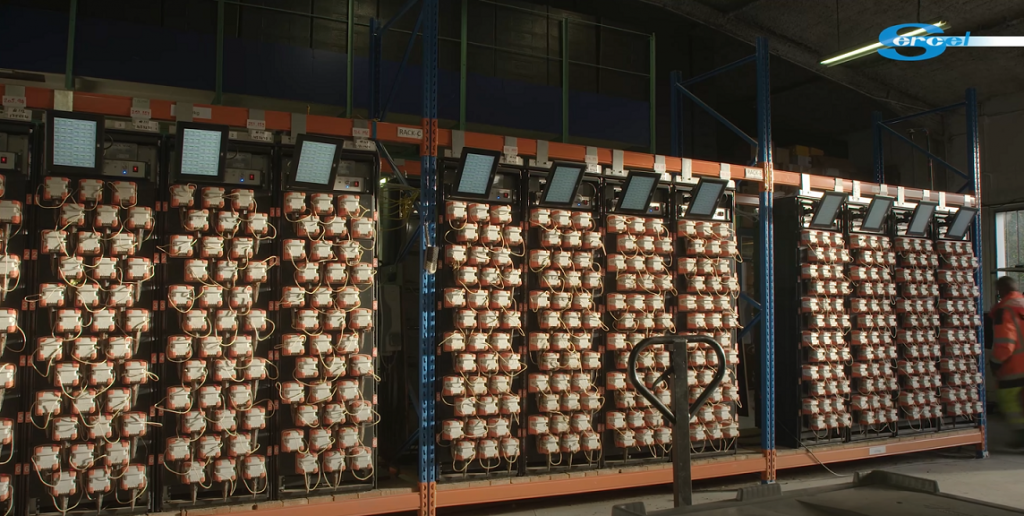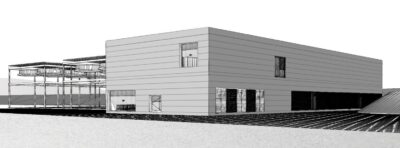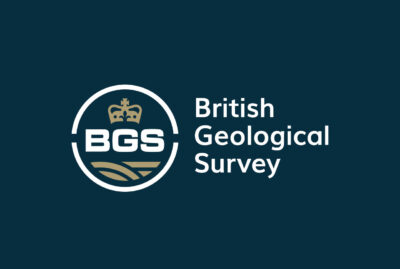How wireless seismic survey technology was used for Geneva geothermal prospecting
The use of wireless nodal technology by Sercel was instrumental for the seismic survey done in the Canton of Geneva, Switzerland.
In late 2021, we reported on the successful completion of a first-of-its-kind seismic survey in the urban area of Geneva, Switzerland. Sercel, the company behind the wireless node technology used for the survey, has now published a video showcasing how the survey was executed despite the unique challenges of the study area.
Sercel is a France-based technology company with expertise in subsurface exploration and more than 60 years of experience in seismic data acquisition. The company was tapped to do a large-scale seismic survey in Geneva, Switzerland for the GEothermies program which aims to develop the geothermal potential of the regional for the canton’s heating and cooling needs. The project is led by the Canton of Geneva and financed and implemented by the Industrial Services of Geneva (SIG).
A challenging urban environment
A seismic survey was carried out in the Canton of Geneva over an area of more than 180 square kilometers. A unique characteristic of the study area was that it was highly urban and industrial – the Geneva Airport and part of Lake Geneva were within the area. This made deployment of seismic sensors challenging, and made the survey more vulnerable to seismic noise.
To address these challenges, Sercel used the WiNG wireless acquisition solution. This system consisted of wireless node sensors that were deployed across 55,000 receiver locations. The sensors were installed on the ground during the day but data acquisition was done at night by using a dozen specialized vibrator trucks. The next morning, sensors are retrieved to have their batteries charged and prepared for another round of deployment.
Better quality control through real-time data
The nodal nature of the sensors made deployment easier and possible with smaller crews. The nodes also transmitted data wirelessly, allowing for real-time data monitoring and quality control even from tens of kilometers away. It also made it possible to identify missing sensors so that the spread can be corrected before data acquisition.
Two months into the survey, the SIG consortium had already expressed that the data from the seismic survey was of high quality.
Based 0n its size and complexity, the seismic survey done in Geneva was the first of its kind in Europe. It also demonstrated of versatility of wireless node technology for seismic surveys, especially in exceptionally challenging study areas.
“The campaign which has just been carried out in Geneva will also benefit the other regions of Switzerland which will be able to benefit from the Geneva experience”, comments Nathalie Andenmatten Berthoud, head of the GEothermies program in the State of Geneva and president of Geothermal area. The next stage foresees the drilling of two exploratory wells, in 2023 and 2024, in perfectly targeted locations in Geneva.
You may also watch the video published by Sercel below:
Source: Sercel via Linkedin


















